Barn owls are one of our best-loved and most recognised birds. Hunting in the daytime as well as during the night, their distinctive heart-shaped faces and ghostly silent flight have endeared them to us, despite their status as an avid hunter. They feed in long grass and woodland edges where they hunt for voles, shrews and other small mammals.
The barn owl is the most widely distributed species of owl in the world and one of the most widespread of all species of birds. A typical lifespan for a barn owl is about 4 years in the wild although many barn owls die young. According to the Barn Owl Trust, of those that fledge, approximately 70% die in their first year.
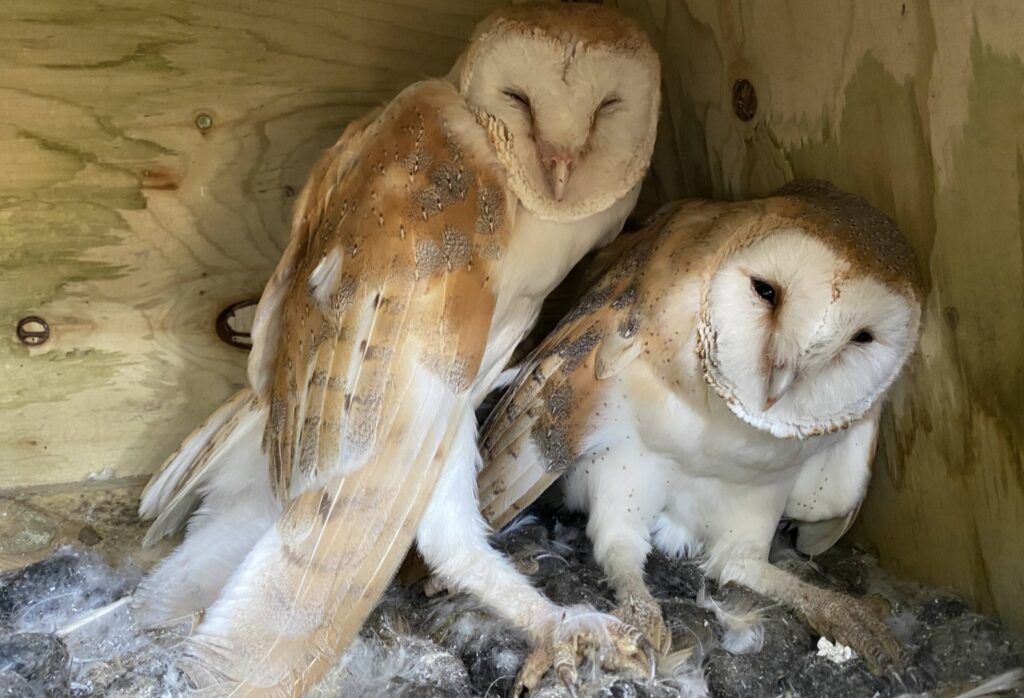
Barn owls on the Isle of Wight
Unlike most of the UK, the Isle of Wight doesn’t have tawny owls so barn owls take on the role of apex owl species on the island, playing a key role in the food chain. On the mainland, barn owls are usually mobile with young commonly dispersing around 10km in autumn to find their own territory but on the Isle of Wight they have a relatively closed population.
Barn owl expert Robbie Phillips, an ornithologist who is from the island, explains why the barn owls need help. Barn owl populations are vulnerable to extreme weather which is becoming increasingly common with our changing climate. Population fluctuations are more likely too because there’s limited ability for influxes of new breeders after periodic population crashes on an island. Significant losses of traditional roosting and breeding barns due to increases in barn development after changed in planning rules mean that providing nest boxes is now more important than ever.
Barn owl boxes
Barn owls are cavity nesters that breed in natural holes in trees or buildings. But they also willingly use artificial nest sites, making them an ideal species to monitor using boxes. Barn owl monitoring has been happening on the Isle of Wight for over 25 years and now Briddlesford Woods will form a key new site in the east of the island. Our new boxes will give a reliable population monitoring point compared to the individual boxes across the majority of monitored sites.
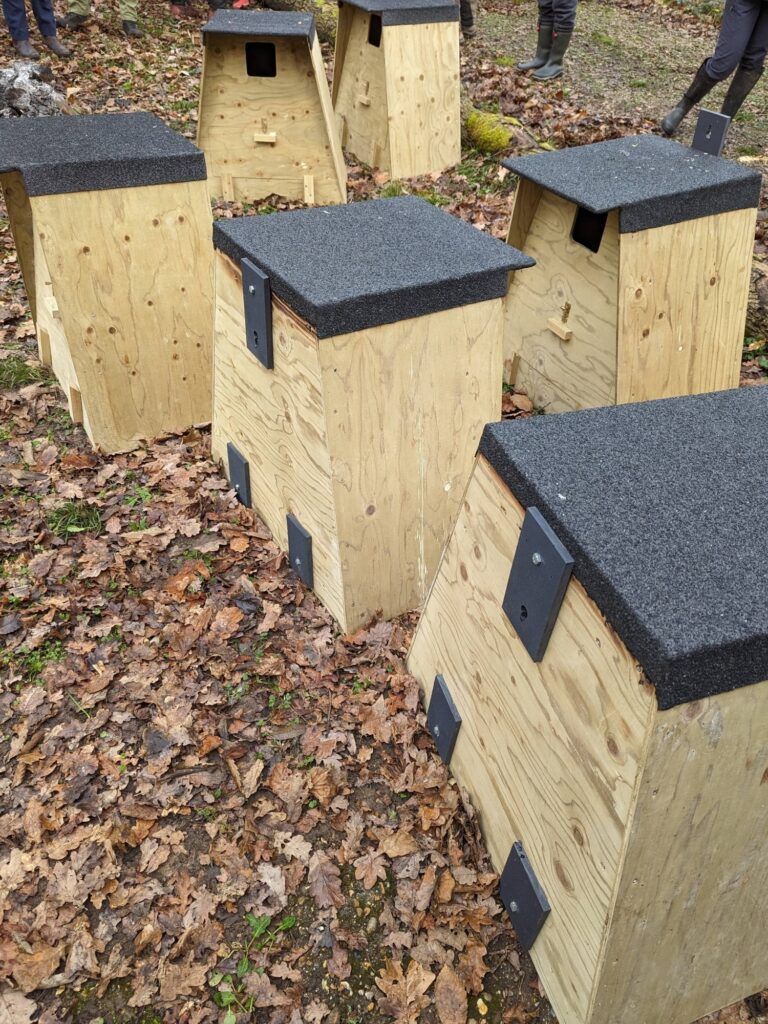
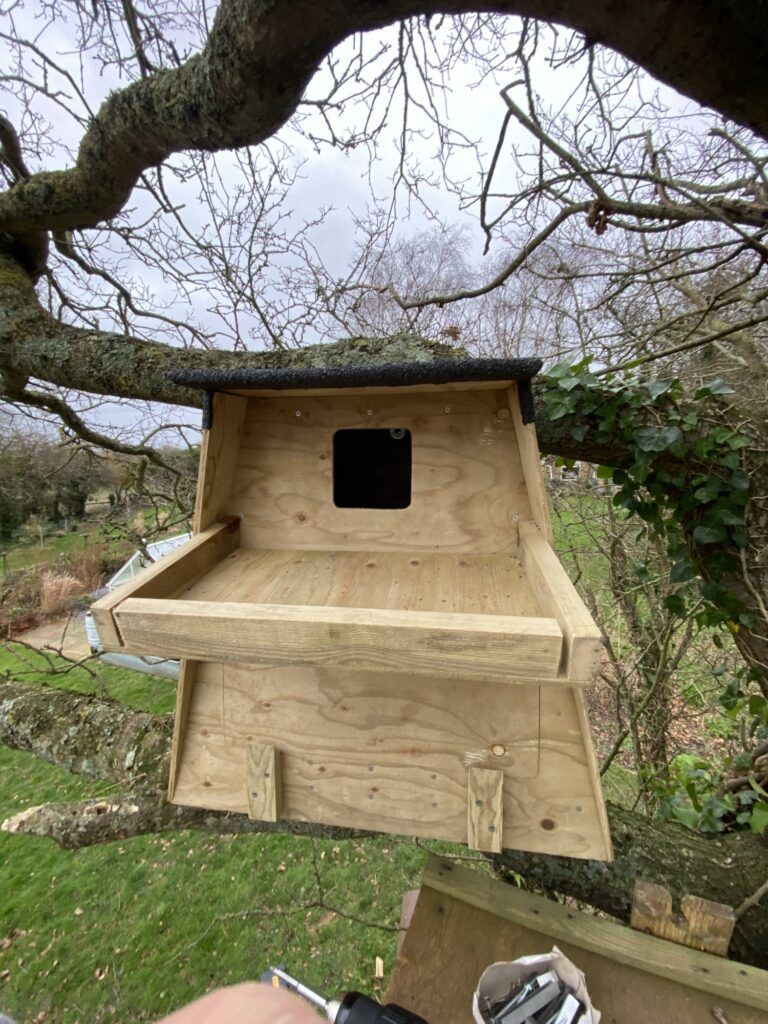
Barn owls are listed on Schedule 1 of the Wildlife and Countryside Act 1981 so they require trained, licensed people to check the nest boxes. Having 15 boxes in one location will provide a significant training opportunity on the island for how to safely monitor boxes and record breeding success. With PTES training infrastructure at Briddlesford Woods already in place, we are keen to help train the next generation of barn owl monitors and recorders.
Putting up barn owl boxes at Briddlesford
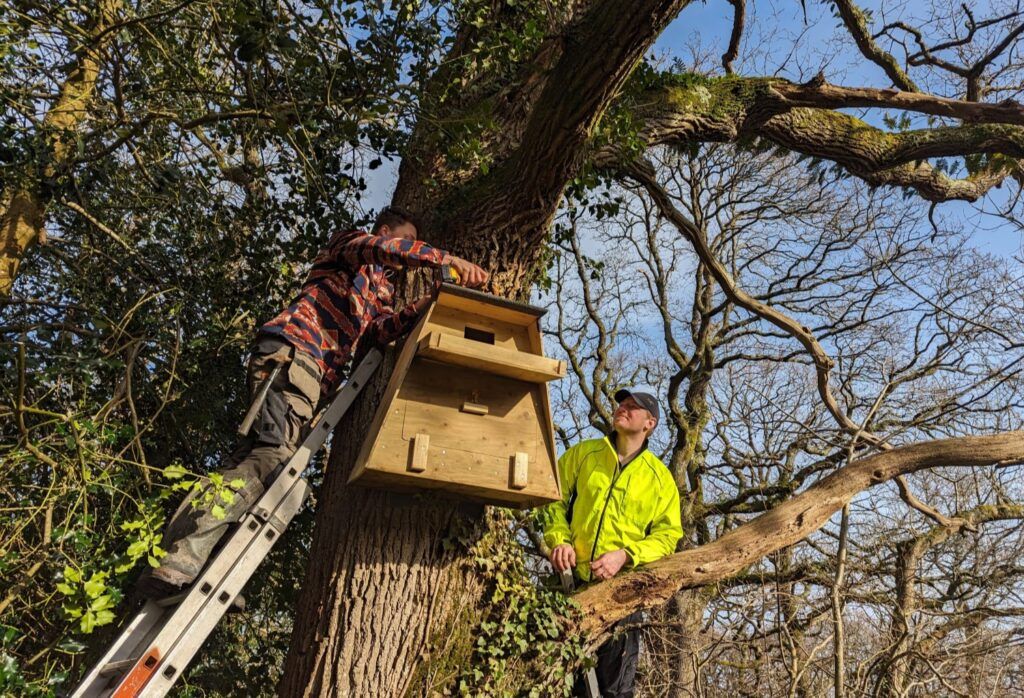
Robbie Phillips, along with a group of volunteers and staff, put up 15 new barn owl boxes in Briddlesford woods earlier this year. It took us two full days to find suitable spots, and it was hard work – the boxes are heavy and have to be 3m high in the tree canopy. We placed them in sturdy, mature trees on the woodland edges with the entrances looking out onto fields which will provide uninterrupted flight lines from their hunting grounds straight into the boxes. These boxes will be monitored annually to see if any barn owls have taken up residence. Boxes are often not used for breeding in the first year – but barn owls may go in to investigate and as they spend time in the boxes their droppings end up lining the box. Once a thick layer of droppings has built up, providing a safe nesting platform, the barn owls will use the boxes to lay their eggs.
Once we know they’re breeding, a licenced surveyor will check on the chicks, weigh and measure them and put rings on them so we can follow their progress.
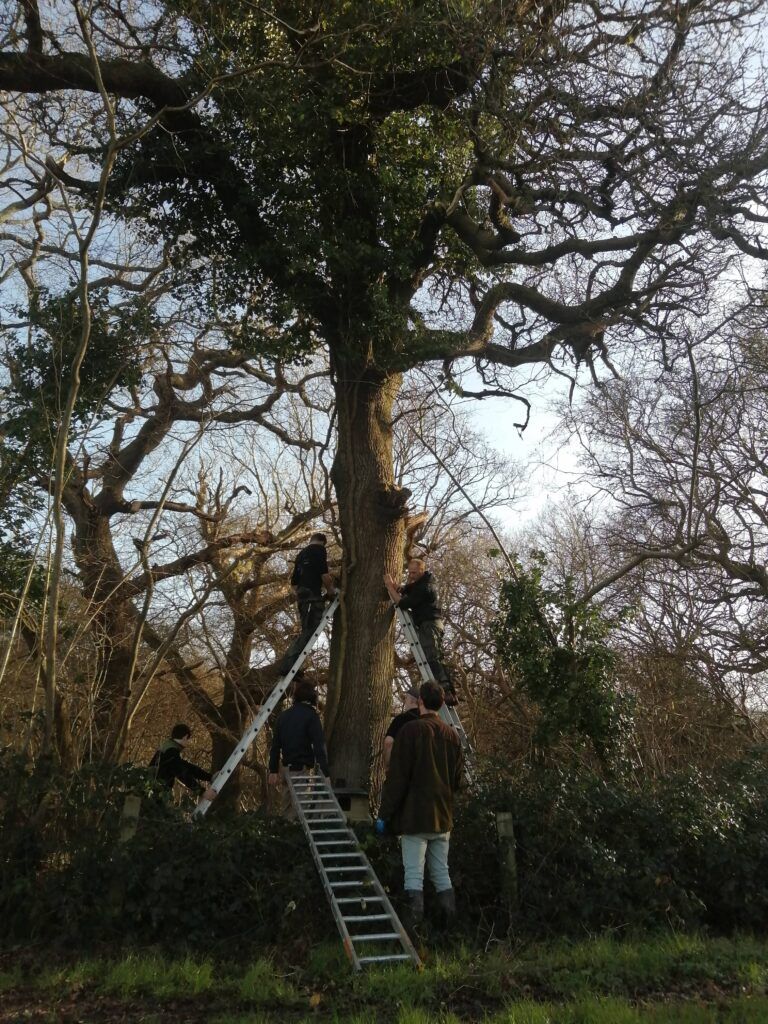
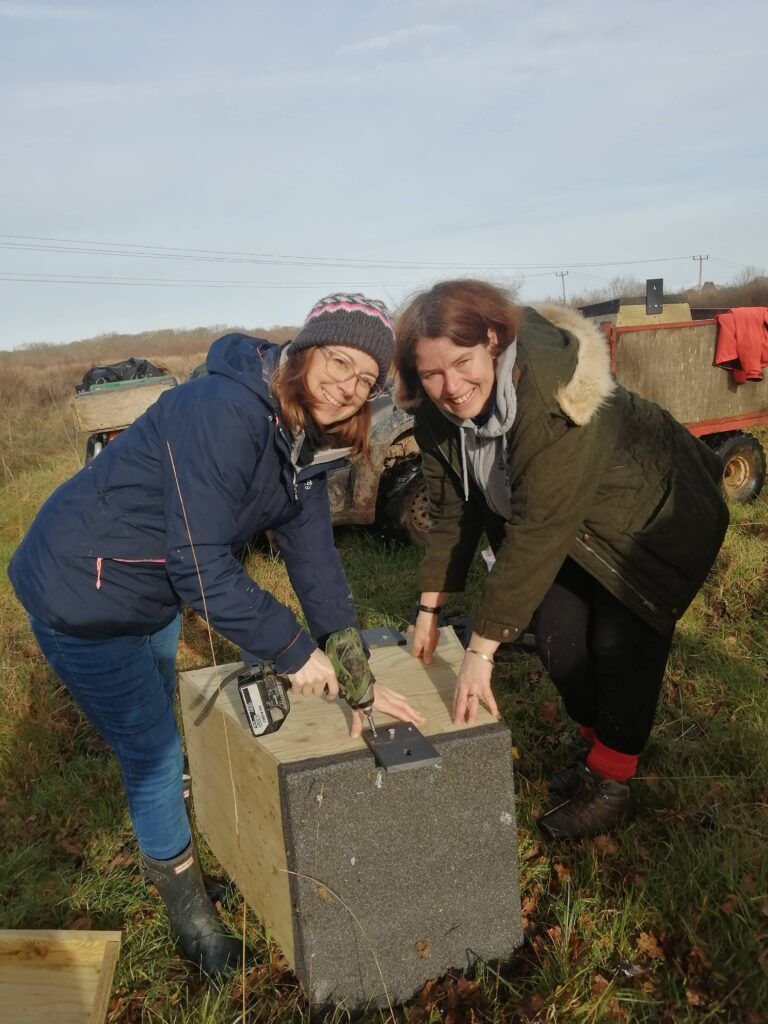
Acknowledgements: We received funding for these boxes from the generous supporters of Big Give and Farming in Protected Landscapes fund (FiPL) administered through the IoW National Landscape. I would like to thank Robbie, his colleague Kieran and all of the staff and volunteers who helped put up the boxes earlier this year.
Laura Bower, PTES Conservation Officer
Learn more about our nature reserve Briddlesford Woods
Header image credit Debra O’Connor | Shutterstock.com
